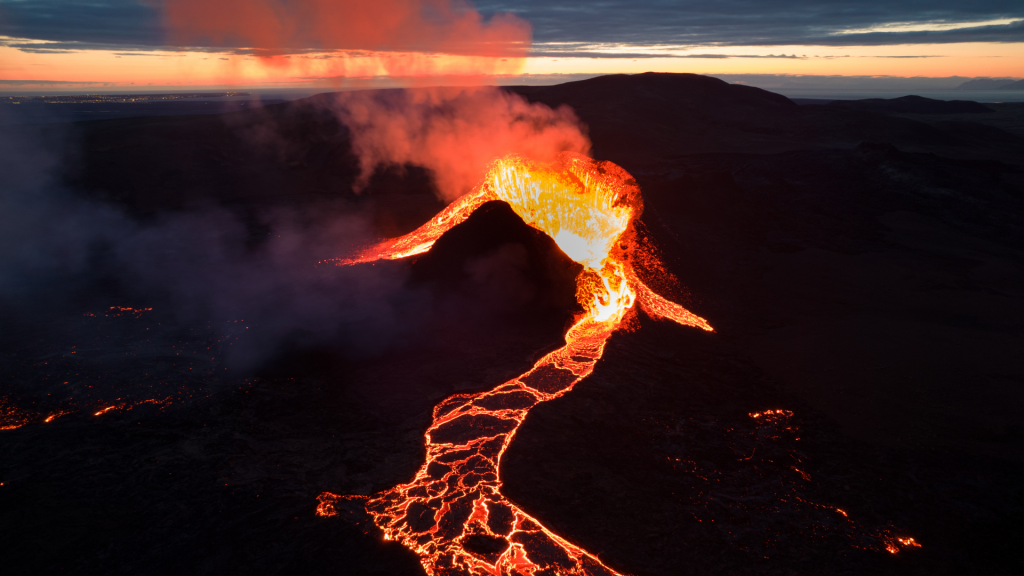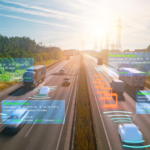
What Happens When a Volcano Erupts?
Volcanoes can be unpredictable, so you might be surprised to learn that there are plenty of things scientists know about them! Volcanoes form when two layers of the Earth’s crust combine and begin to melt. This forms magma which is forced upward by the pressure of the plates beneath it. This is called plate tectonics. As magma rises, it pushes up and pushes out rocks, creating a mountain called a volcano. As the volcano grows older, it forms other rocks that are pushed outward as well.
Scientists warn us that volcanoes are rumbling all around the world and that, one day, it is going to blow. Most of us are relieved when it doesn’t, but some of these volcanoes are so large that they can release enough carbon into the air to change the global climate drastically.
Here’s what happens when volcanoes erupt:
- Magma rises from the Earth’s core– Volcanoes expel molten rock deep within the Earth’s crust, forming a liquid eruption called a magma chamber. This chamber can then erupt through the surface, creating a volcano. Magma rises from the core, forcing its way to the surface, where it erupts violently from the volcano.
- An eruption happens when magma meets water– Though eruptions occur around the world, there are only a few volcanoes in the world that are active enough to cause concern, especially since most have at some point been dormant. Eruptions occur when magma meets water. This is when magma meets water, the two substances combine to form a dense rock called rhyolite. When this rock erupts, it can trigger a volcanic eruption, creating a plume of ash that can blanket a wide area.
- An eruption begins when magma meets ground– Eruption is constantly happening on Earth. The eruption occurs when magma and rock heated below the Earth’s surface rise up through the crust and begin to form volcanoes. The magma then erupts from the volcano sending loads of volcano material like sand, rock, and ash into the air. Volcano eruptions often take place where volcanoes are located. Most volcanoes are found near the plate boundary, where the continental plates fracture.
- Magma explodes– Volcanoes are the explosive spaces where Earth’s crust and upper mantle take the stage. When energy builds up, it erupts violently when the volcano blows its top. Magma, which is molten rock, is the reason why the volcano erupts. Magma is pressurized within Earth’s crust and exerts tremendous force as it pushes itself upward. Sometimes it gets so hot that magma explodes.
- Magma flows down the volcano– Anyone who has ever seen a volcano erupting (or anyone who lives in a volcanic area) has probably wondered if the molten rock pouring out of the volcano goes anywhere. The answer is yes. Magma flows down the volcano, feeding rivers of lava, and these rivers travel for hundreds of miles after the volcano erupts.
- Magma becomes a rock– Magma is molten rock, a mixture of metals, salts, and water. When magma reaches the Earth’s crust, the pressure increases the rock becomes denser and harder. This makes it hard for the magma to move, and the magma then slowly crystallizes. This process is called crystallization. Magma is a rock like limestone, granite, and marble.
Every volcano has a specific life cycle. A volcano starts as a small pit in the ground or a small opening on a surface. As the volcano grows, new layers of lava form over the pit and lava starts to flow out of the volcano. Lava flows are very slow, and, in most places, lava flows are impossible to see. As the volcano grows, so does the lava flow. Eventually, the lava flow reaches the edge of the volcano, and the volcano erupts. Volcanoes also grow over time by growing lava flows. This lava flow may slow or stop, and even the volcano may stop growing or building.



